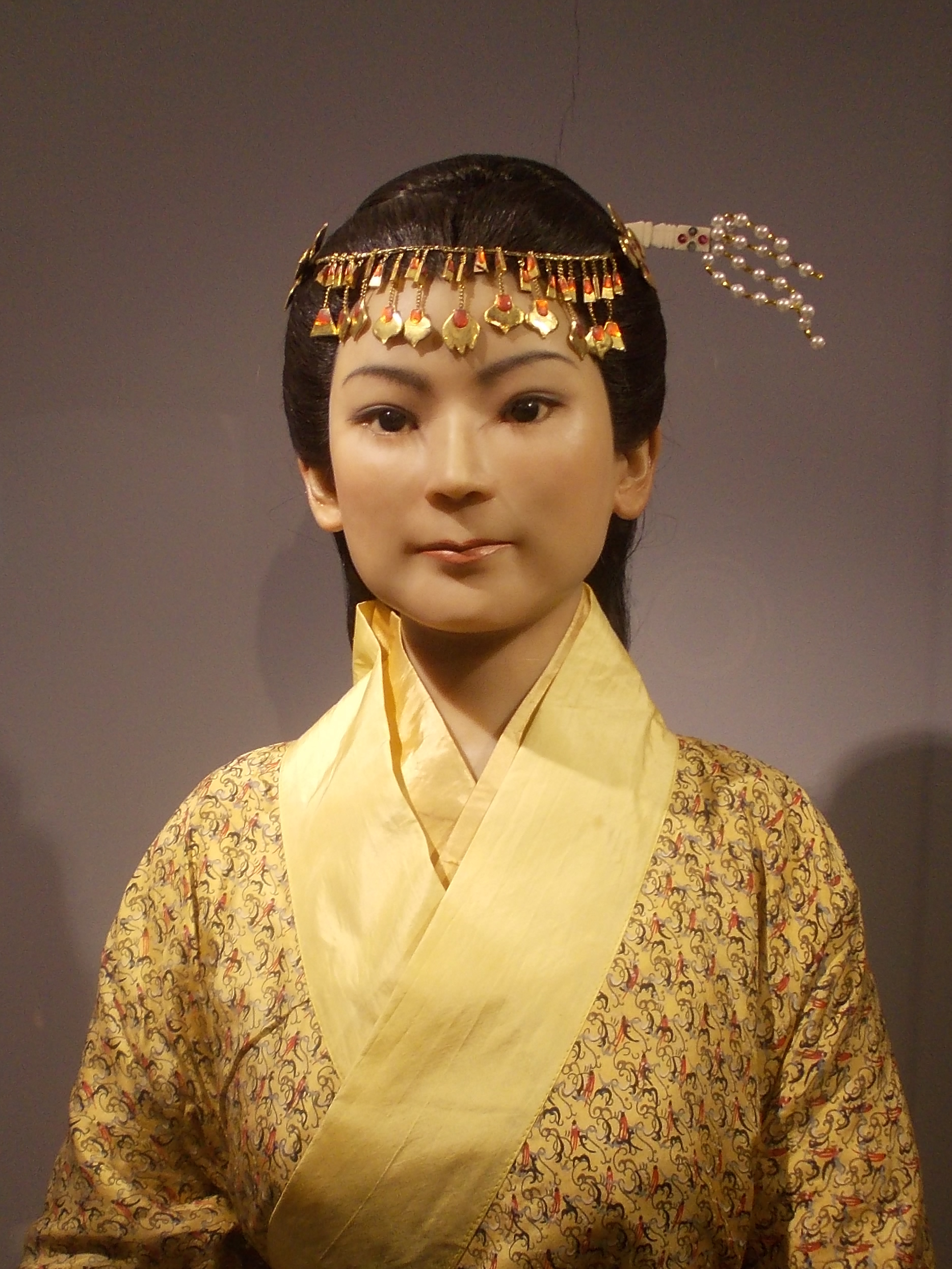Xin Zhui, a noblewoman of the Han Dynasty who lived around 217 to 168 BC, is celebrated for her remarkably preserved body, discovered in 1968 during the excavation of an air raid shelter in Changsha, Hunan Province. Her remains, nearly 2,200 years old, are among the best-preserved ancient mummies ever found, providing a unique window into the past.
Life and Death
Xin Zhui lived a life of luxury, which ultimately contributed to her health issues. She succumbed to a heart attack at the age of 50, highlighting the consequences of her lavish lifestyle. Upon her death, she was laid to rest in a complex tomb comprising four sealed coffins, strategically placed beneath layers of charcoal and white clay. This burial method was indicative of the Han Dynasty’s elaborate funerary practices aimed at ensuring the preservation of the body and the individual’s safe passage to the afterlife.

Intricate Burial Practices
Her body was meticulously wrapped in 20 layers of silk, a practice that underscored the importance of preservation in ancient Chinese culture. The use of silk not only emphasized her noble status but also contributed to her remarkable state of preservation. The four coffins themselves were intricately decorated with symbols reflecting the beliefs surrounding death and the afterlife, showcasing the artistic capabilities of the period.

Remarkable Preservation
An autopsy conducted on her remains revealed fascinating details about her preservation. Remarkably, her limbs retained flexibility, and Type A blood was discovered in her veins, indicating that the preservation methods employed were highly effective. These findings are not only significant in understanding her physical condition but also raise questions about the embalming techniques used during the Han Dynasty.

A Treasure Trove of Artifacts
The excavation of Xin Zhui’s tomb also uncovered an astonishing collection of 1,400 artifacts, including food, cosmetics, and silk garments intended for her use in the afterlife. These artifacts provide invaluable insights into Han Dynasty burial practices and beliefs, revealing the cultural context of her time. The inclusion of everyday items and luxuries highlights the importance of preparing for the afterlife and reflects the societal values of the Han period.

Conclusion
In summary, Xin Zhui’s discovery stands as a testament to the sophistication of Han Dynasty funerary practices and the cultural significance placed on death and the afterlife. Her remarkably preserved body and the accompanying artifacts not only offer a glimpse into the life of a noblewoman from over two millennia ago but also illuminate the broader historical context of ancient Chinese civilization. As one of the most significant archaeological finds, Xin Zhui’s tomb continues to captivate scholars and enthusiasts alike, contributing to our understanding of ancient Chinese culture and its enduring legacy.

